Optimal Timing for Storm Restorations
Storm restorations are most effectively performed during periods of calm weather, typically outside of the storm season. Conducting repairs in favorable conditions ensures safety, quality workmanship, and reduces the risk of further damage. Timing restorations properly can also help prevent delays caused by adverse weather conditions.
Restoring structures during the off-season can lead to quicker scheduling and more attention from contractors. It also minimizes the risk of weather-related setbacks.
Attempting restorations during peak storm season may result in delays, increased costs, and safety concerns due to unpredictable weather patterns.
Clear, dry days with low wind are ideal for storm restorations. Monitoring weather forecasts helps plan work during optimal windows.
Scheduling restorations ahead of storm season allows for proper preparation, ensuring repairs are completed before severe weather hits.
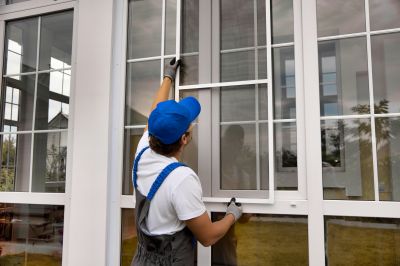
Ways to make Storm Restorations work in tight or awkward layouts.
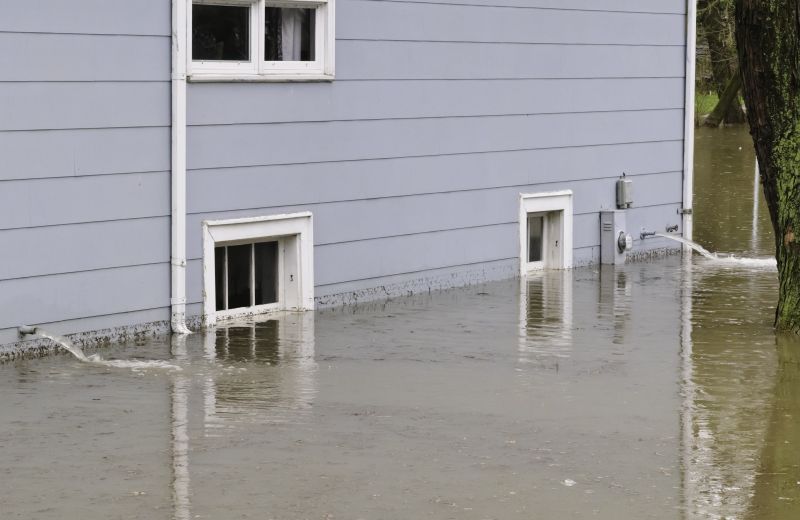
Popular materials for Storm Restorations and why they hold up over time.
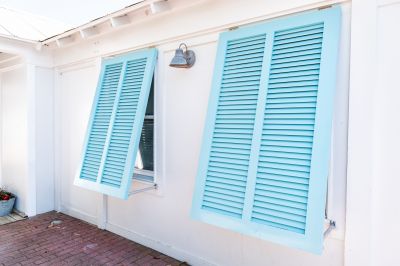
Simple add-ons that improve Storm Restorations without blowing the budget.

High-end options that actually feel worth it for Storm Restorations.

Finishes and colors that play nicely with Storm Restorations.
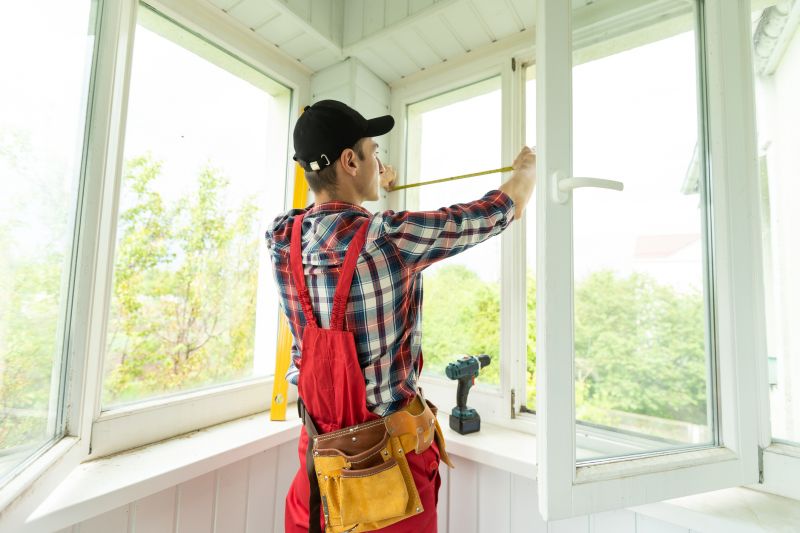
Little measurements that prevent headaches on Storm Restorations day.
Storm restorations involve repairing and restoring structures damaged by severe weather events such as hurricanes, windstorms, and heavy rain. These projects are crucial for maintaining safety, preserving property value, and preventing further deterioration. Proper timing ensures that restoration efforts are efficient and effective, minimizing downtime and additional costs.
Statistics indicate that timely storm restorations can reduce repair costs by up to 30% and significantly decrease the risk of secondary damages such as mold growth or structural weakening. Planning ahead and scheduling during periods of stable weather can lead to better outcomes and longer-lasting repairs.
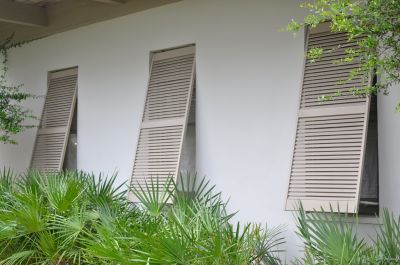
A 60-second routine that keeps Storm Restorations looking new.
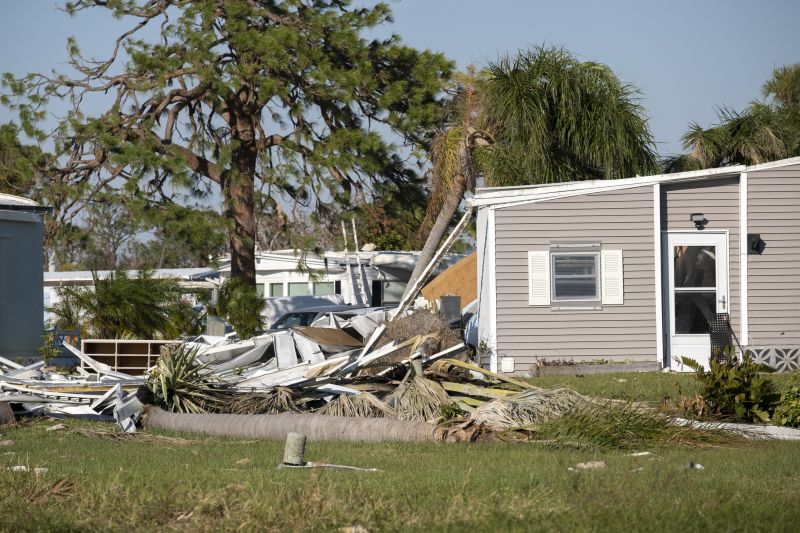
A frequent mistake in Storm Restorations and how to dodge it.

Small tweaks to make Storm Restorations safer and easier to use.
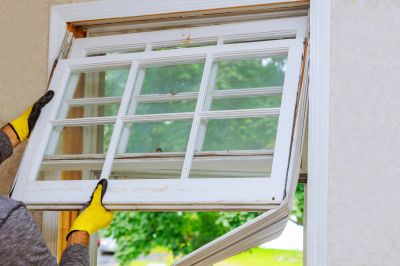
Lower-waste or water-saving choices for Storm Restorations.
| Season | Optimal Restoration Timing |
|---|---|
| Spring | Ideal for pre-storm season repairs and preparation. |
| Summer | Suitable for ongoing repairs, but weather can be unpredictable. |
| Fall | Good for final repairs before storm season peaks. |
| Winter | Generally not recommended due to weather constraints. |
| Hurricane Season | Best to complete major repairs before the season begins. |
Planning storm restorations during appropriate times of the year can optimize safety, reduce costs, and improve the longevity of repairs. Consulting local weather patterns and scheduling ahead of storm season are essential steps for effective restoration efforts.
